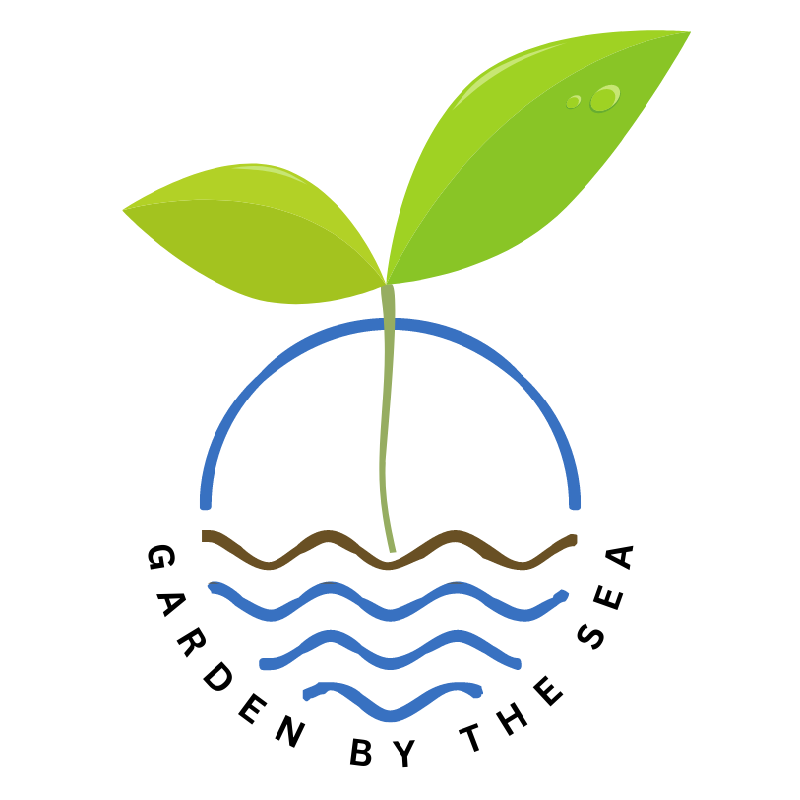Gardening Challenges/Strategies
In 2022 I began to pay more attention to climate change issues, and how we as home gardeners can adapt to the changing situation.
A webinar I recently attended gave me some insights and approaches which I will share with you.
First, let us look at some key questions:
- What is climate change? – it is generally described as a long-term shift in global temperatures and weather patterns due to increasing carbon dioxide (CO2) in the atmosphere with rising temperatures as result.
- Why is it important for gardeners to know more about climate change? – we need to understand how to act and adapt in times of climate change. This will be an ongoing issue, and it will be crucial to observe, diagnose, define challenges, and to find strategies for adaptation.
- How will climate change affect gardening? – we may have to develop completely different schedules for planting and harvesting. The correct timing will have a major impact on the failure or success of our gardening endeavors.
 Bottom-line, all gardeners should pay attention to current research on how to cope with climate change to help their garden’s grow.
Bottom-line, all gardeners should pay attention to current research on how to cope with climate change to help their garden’s grow.
Some key climate change influences are changes in temperatures, precipitation, water supply, and nutrient availability. Winters are getting wetter, summers are getting drier, and periods of drought can be expected.
The following will describe specific challenges with specific strategies to adapt to the changes. It is recommended gardeners start keeping records of their planting, progress, issues, and outcome. Taking pictures throughout the season has proven to be an excellent way of recording changes. The saying “a picture says more than a thousand words” truly applies here.
- Heat stress – causes leaf wilting, fruit damage, and reduced growth. As temperatures rise, heat waves affect the plants in negative ways. The strategy should be “right plant – right place.” Native, drought-resistant plants are the best option. Mulching is an excellent way to keep moisture in the ground, especially when combined with a drip irrigation system. Timing will become just as important as “right plant – right place.” Some plants may be planted sooner in the season than before, some may have to be put into the ground later. With increasing temperatures, the growing season will be longer. Staggered planting and rotation planting will result in more harvest.
- Warmer winter / shorter cold periods – In a climate change situation, with warmer winters and shorter cold periods, the chill factor which is needed by some plants such as bulbs for spring planting will be shortened. The strategy here is simple. Give those plants and bulbs a couple of extra weeks in the refrigerator before putting them into the ground.
- Increased precipitation – from winters getting wetter, as we had a great example of beginning of 2022. Using plastic floating row covers will protect them from the rain and wind. At Garden by the Sea, we used hoop beds covered with plastic sheeting which protected the plants, and made early and late crop planting possible.
- Diseases – Climate change impacts the potential for new diseases. Strategies are plant rotation, planting disease resisting plants, and increasing plant spacing.
- Pests – Increased potential for changes in the type of insect pests. Strategies are early intervention, pest management, and improving habitat for beneficial insects.
- Weeds – they are the champions of adapting to climate change. Observing them may assist us in finding strategies for our desired plants. General strategies are weeding, mulching, and planting cover crops.
- Carbon Dioxide (C02) – One benefit of climate change is the increased availability of carbon dioxide which results in increased plant growth but may negatively affect the presence of other nutrients in the soil. Strategy – monitoring and correcting the nutrients in your soil.
 The key takeaways are that adaptation will improve resiliency. Diversity in plants, species, and timing of planting may reduce the impact of climate change.
The key takeaways are that adaptation will improve resiliency. Diversity in plants, species, and timing of planting may reduce the impact of climate change.
For more information and resources visit:
https://agclimatechangetools.cahnrs.wsu.edu
If you are interested in renting a bed at the Garden by the Sea, or wish to make a donation, please visit www.gardenbytheseaoceanshores.org.
This article was originally printed in the Ocean Observer, January 2023.



